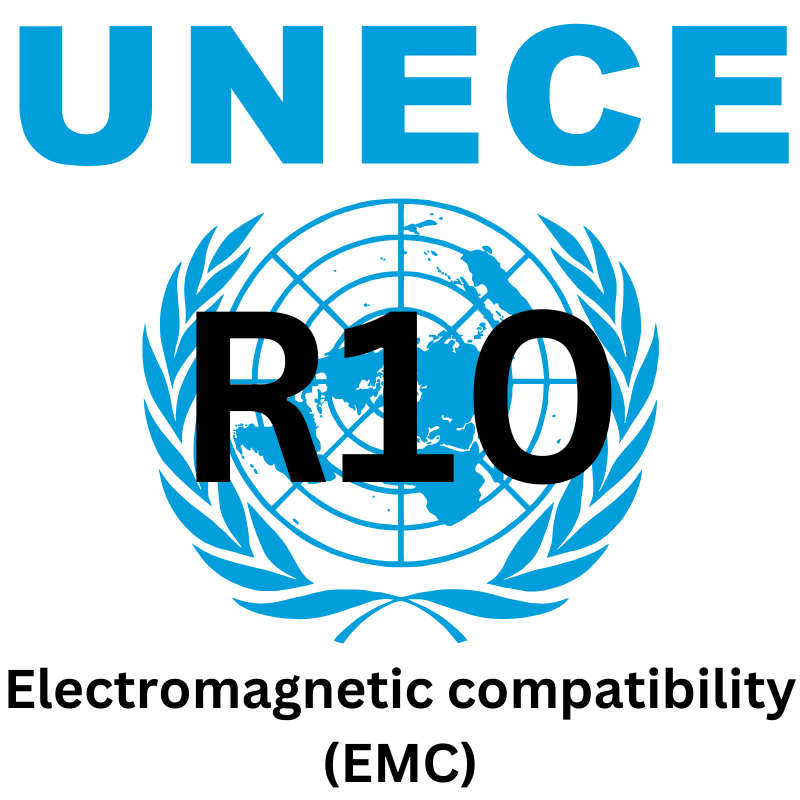Guide To: ECE Regulation 10
05 July 2018

Guide To: UNECE R10 - Electromagnetic compatibility (EMC)
UN ECE Regulation No. 10 sets uniform provisions concerning the approval of vehicles, components, and separate technical units with respect to electromagnetic compatibility (EMC). This regulation is critical in ensuring that electronic and electrical systems within vehicles function without generating or being affected by electromagnetic disturbances, thus preventing interference with the vehicle's operation and safety systems.
Scope of the Regulation
UN ECE R10 applies to:
- Vehicles in categories L, M, N, O, T, R, and S, covering motorcycles, passenger cars, goods vehicles, trailers, tractors, and other vehicles.
- Electrical/electronic systems and components (ESAs) used in these vehicles.
Key Features of UN ECE R10
Electromagnetic Compatibility (EMC):
- The regulation defines EMC as the ability of a vehicle or component to function in its electromagnetic environment without causing or suffering from intolerable electromagnetic disturbances .
Control of Electromagnetic Emissions:
- The regulation imposes limits on radiated and conducted emissions from vehicles and their electronic systems. These emissions must not interfere with other vehicles or nearby equipment .
- Specific tests for broadband and narrowband electromagnetic emissions are outlined to ensure compliance with limits based on different frequencies .
Immunity from Electromagnetic Disturbances:
- Vehicles and ESAs must be immune to electromagnetic disturbances, ensuring their systems continue to function correctly even when exposed to external electromagnetic radiation. This includes systems related to vehicle control, passenger protection, and communication .
Special Provisions for Charging Systems:
- For electric and hybrid vehicles, additional specifications apply to ensure charging systems are electromagnetically compatible with the power grid when the vehicle is in REESS charging mode (charging the rechargeable energy storage system).
Testing and Approval Procedures:
- Manufacturers must conduct a series of tests, including measurements of electromagnetic emissions and immunity, to verify compliance. Both vehicles and their electronic sub-assemblies (ESAs) can be tested and approved individually.
Marking and Documentation:
- Once approved, vehicles and components must be marked with an international approval mark, which includes details about the manufacturer, type approval number, and relevant amendments .
Conclusion
UN ECE R10 provides critical guidelines for ensuring that vehicles and their electronic systems are electromagnetically compatible, preventing interference with other road users and surrounding electronic equipment. This regulation is essential for vehicle manufacturers, particularly those producing electric and hybrid vehicles, to ensure that their systems meet international EMC standards.
Guides to ECE Regulations,E-Mark,ECE Regulation 10,Electro-magnetic Compatibility,Vehicle Electrical Safety,